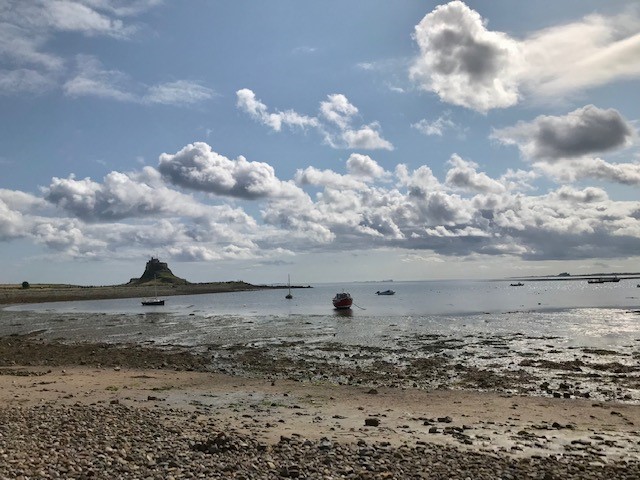
In her poignant and powerful collection of poems, A Fine Yellow Dust, written in the year following her daughter’s suicide, Laura Apol includes the poem ‘Patient Stone’. The poem is based in an Iranian tradition that when your pain is overwhelming, you go in search of your ‘patient stone’. Once you have found it, you sit alone with it and tell it your story. As you unburden yourself, your pain will lessen and once you reach the end of your story, the stone will break into pieces.
Apol’s poem records an afternoon of searching for her own ‘patient stone’, so that it can hold something of her overwhelming grief. She accords agency to the stone, believing not that she will find it but that ‘it will find me’. But what stone would be the right one for the task? She asks, ‘How large is a stone / that can manage this work?’ Should she carry it home with her when she has found it? Once it has broken into pieces, should she visit it? She concludes by reflecting that she will need to find ‘the right stone’, because, whole or broken, ‘it will be mine for life’.
A few days before the last anniversary of my sister’s death, I was on Lindisfarne, a tidal island just off the Northumberland coast. I had wanted to find a stone on the beach here that would mark this anniversary, and I wandered along the strand looking at the pebbles. I was drawn to the smooth, oval-shaped stones, coloured like the sand, that were piled there. Picking them up, they sat well in my hand, and they had a pleasing weight and heft to them. Turning over one of the stones, I saw that it had been inscribed in pen with a name and date, and I liked the idea that this stone had already been picked up and held by someone else. I put the stone in my bag and continued my walk around the perimeter of the island to the causeway, accompanied by the sound of seals singing on a sandbar just offshore.
It was only when I examined the stone more closely at home that I realised the date that had been marked in pen on its surface was 28 August 2021. Not only had this stone already been picked out by someone else, but it had been inscribed on the anniversary of my sister’s death. It felt that this was the ‘right stone’, and that, even as I had been looking for it, it had found me.
I had recently attended an online weaving course run by Sarah Ward of Lark and Bower. Sarah teaches off-loom weaving, which uses left over yarn to stitch basic weave structures, such as twill and herringbone, around everyday found objects. Instead of writing or drawing on the stone, I decided to make a weaving around it, a practice reminiscent of the Japanese art of wrapping stones. Choosing a plain, natural thread that toned with the sand-hued pebble, I wrapped the warp threads carefully around the stone, working from left to right. I then stitched the weft threads through the warp in a two-twill pattern, working across the width of the pebble from bottom to top. The weaving was a slow and meditative process, taking several days to complete.
I sat with this stone, not to tell it the story of my grief, but to weave around it a thread that, as I was winding and stitching, held memories of my sister. The process of weaving was slow and patient work. The yarn covered over, without erasing, the pen inscription that had already been made on the stone, so that the finished work took on a palimpsestic quality. The stone currently sits on a bookshelf in my study, and I often pick it up and hold it for a minute or so, feeling its weight and texture in my hand.
In her workshops, Sarah encourages participants to place their woven objects back where they found them. For her, it is a cathartic process to return these objects to their original surroundings, enhanced by the weaving. The thread used is a natural yarn, which will degrade naturally over time. I wonder what this stone would look like back on the beach at Lindisfarne, taking its place amongst the other oval pebbles. Would the weaving gradually disappear, eroded by the action of weather and the tides, to uncover the writing once more? Would another person encounter this stone and imbue it with their own meaning and significance, adding another layer to the palimpsest? Would it feel cathartic to return it to the beach on Holy Island, or would it feel as if I am leaving something precious behind?
I have long intended to walk across the causeway to Holy Island, as many pilgrims do each year. Perhaps I could carry the stone with me as I do so, and end the walk by returning it to the strand. This gesture would honour the spirit of Sarah’s workshop by giving the stone back to the island and to the sea.

References
Laura Apol, A Fine Yellow Dust (East Lancing, Michigan: Michigan University Press, 2021).
